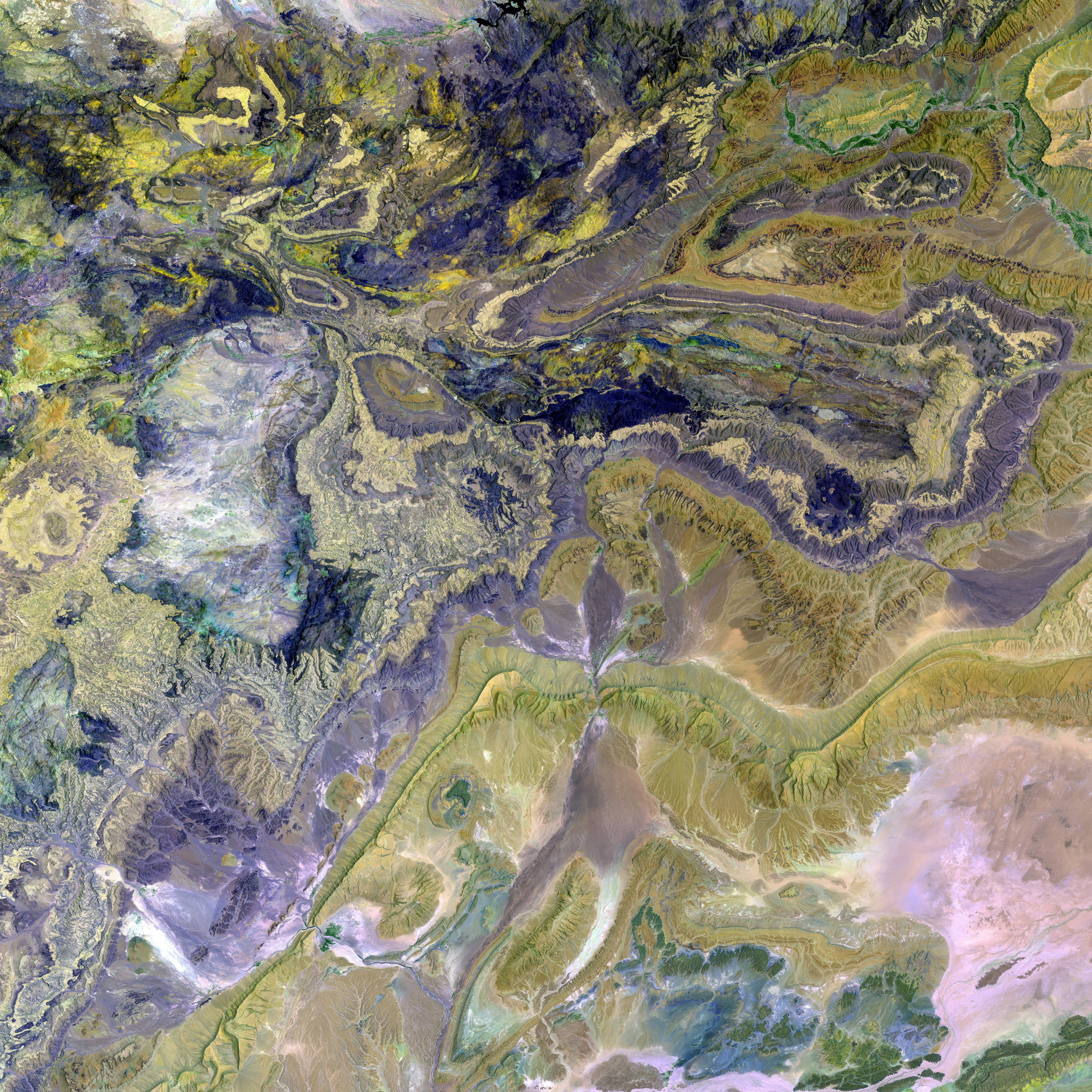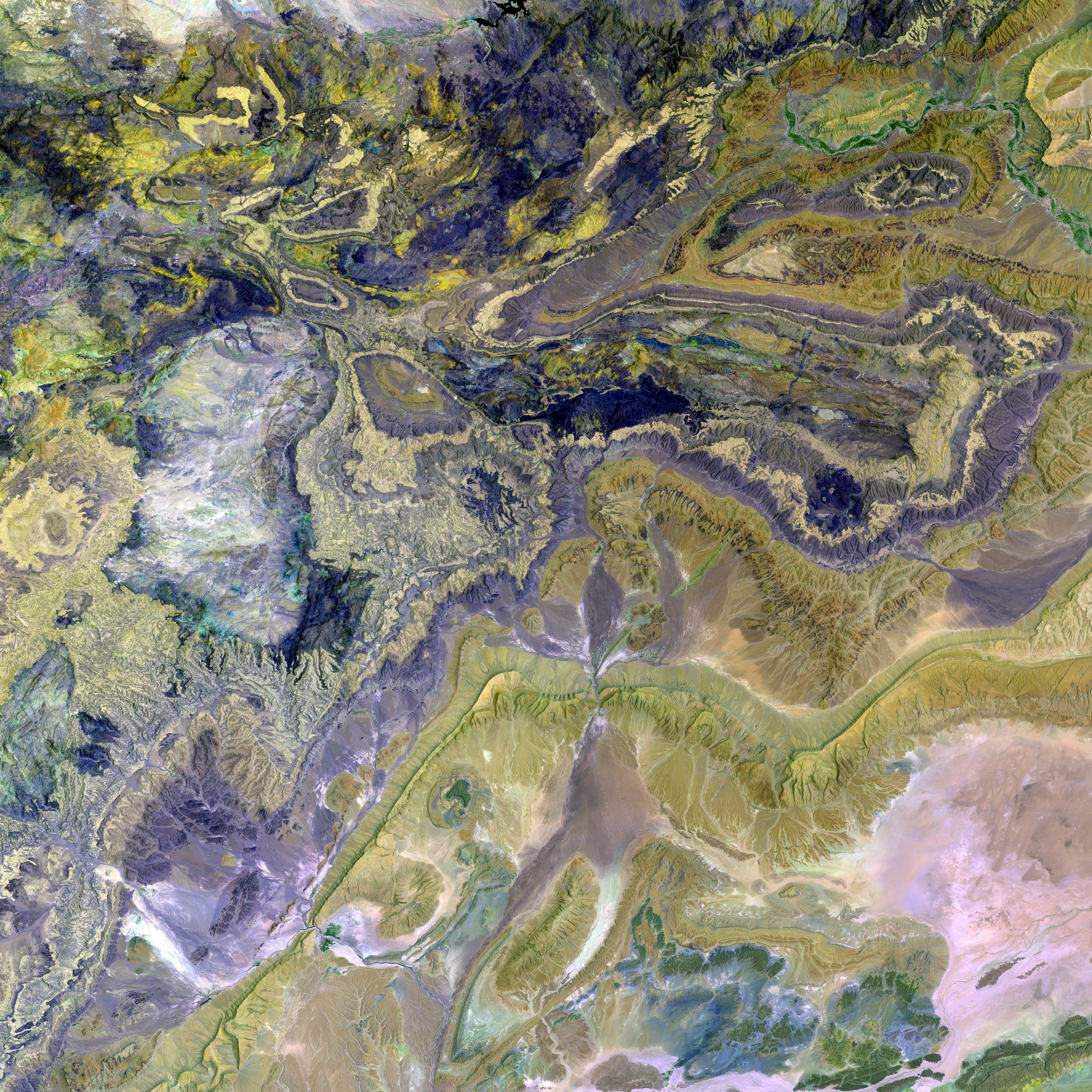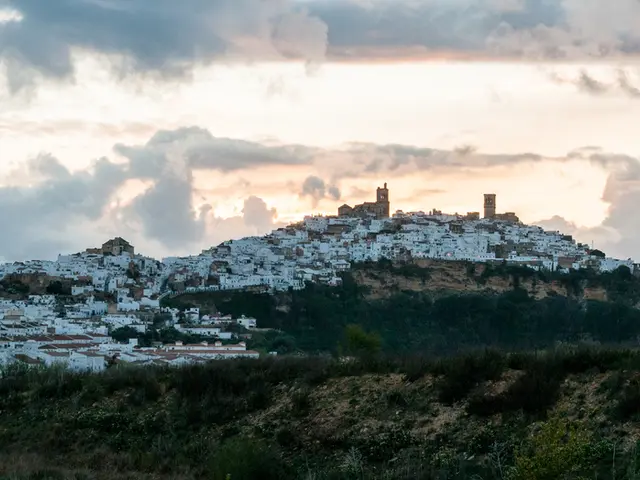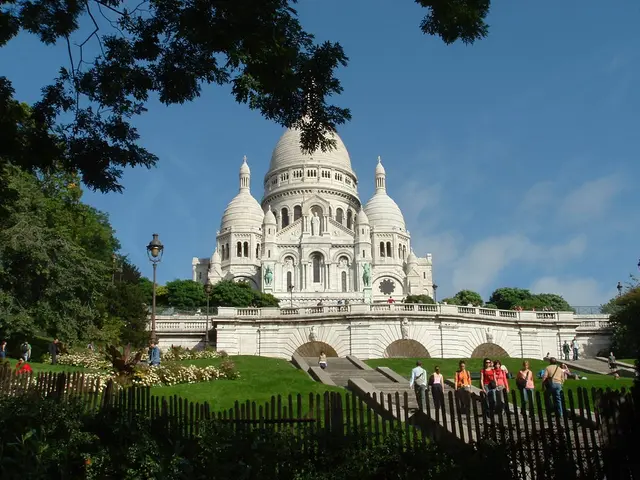Kazakhstan Marks Harmony in Variety: A Tribute to Multiculturalism and Unity
Celebrating Kazakhstan's Cultural Mosaic: The Day of Unity
Astana, Kazakhstan, revels in the vibrant tapestry of cultures that converge within its borders, making it a beacon of diversity. On May 1, the nation marks the Day of Unity of the People, a state holiday that honors more than 150 ethnic groups that call Kazakhstan home.
Photo credit: e-history.kz
With roots steeped in history, Kazakhstan has welcomed newcomers, from those who voluntarily migrated during the Soviet Union's Virgin Lands campaign to those who were forcibly deported during Stalinist repression.
Astana resident Yerkezhan Sharipova proudly shares her family's story. Her roots are a blend of Kazakh and Belarusian heritage, with her maternal grandmother and grandfather meeting and marrying amid the villages of Kazakhstan.
Despite the harsh living conditions, Sharipova's grandfather found love and belonging in her grandmother's Kazakh family. His willingness to learn Kazakh and adopt the customs of his new home is a testament to the cultural integration that shaped Kazakhstan's identity.
Vlad Rekk, an ethnic German, feels a personal connection to Kazakhstan's Day of Unity. His great-grandmother, Katya, was among those exiled to the region during the repressions. A local Kazakh family offered her shelter, eventually leading to their marriage and the creation of a family that unites two distinct cultural worlds.
Rekk also traces his roots to Germany on his father's side. As a way to better understand his heritage, he enrolled in German language courses, feeling an increased sense of connection to his family's story. He sees French order and structure, paired with Kazakh openness and respect for elders, as the cultural influences that make up who he is.
Kazakhstan's rich cultural infrastructure supports its multiculturalism, from ethnic theaters for Uighur, Korean, Uzbek, and German communities, to Russian drama theaters. The nation places a high priority on ethnocultural associations and fostering social harmony, providing equal opportunities for all ethnic groups to preserve their languages and traditions.
As Kazakhstan embraces its rich history and the blended cultural identities of its people, the Day of Unity of the People serves as a powerful symbol of mutual respect and peaceful coexistence. From their unique stories, each individual contributes to the ever-evolving Kazakh tapestry, woven from diverse threads of traditions, languages, and influences.
- Yerkezhan Sharipova's maternal grandparents, despite being of different ethnicities, found love and acceptance within a Kazakh family, demonstrating the cultural integration in Kazakhstan.
- Astana, by honoring more than 150 ethnic groups, including those who were forcibly deported during the Stalinist repressions, reflects a nation that values diversity and coexistence.
- Astana resident Sharipova's grandfather, being willing to learn Kazakh and adopt Kazakh customs, is an example of the aspirations for cultural assimilation that shaped Kazakhstan's identity.
- Vlad Rekk's great-grandmother, Katya, who was exiled to Kazakhstan during the repressions, found a new home and family amid the Kazakh community, demonstrating the nation's openness and hospitality.
- Rekk, in an effort to better understand his German heritage, enrolled in German language courses, recognizing the importance of his family's story in shaping his own identity.
- Kazakhstan's Day of Unity is not just a symbol of shared history, but also a celebration of the diverse lifestyles, fashion-and-beauty, food-and-drink, home-and-garden, relationships, pets, travel, and car cultures that coexist within its borders.
- Ethnic theaters for Uighur, Korean, Uzbek, and German communities, and Russian drama theaters, are evidence of Kazakhstan's commitment to preserving and promoting its multicultural heritage, encouraging the coexistence of various cultural threads within the Kazakh tapestry.









